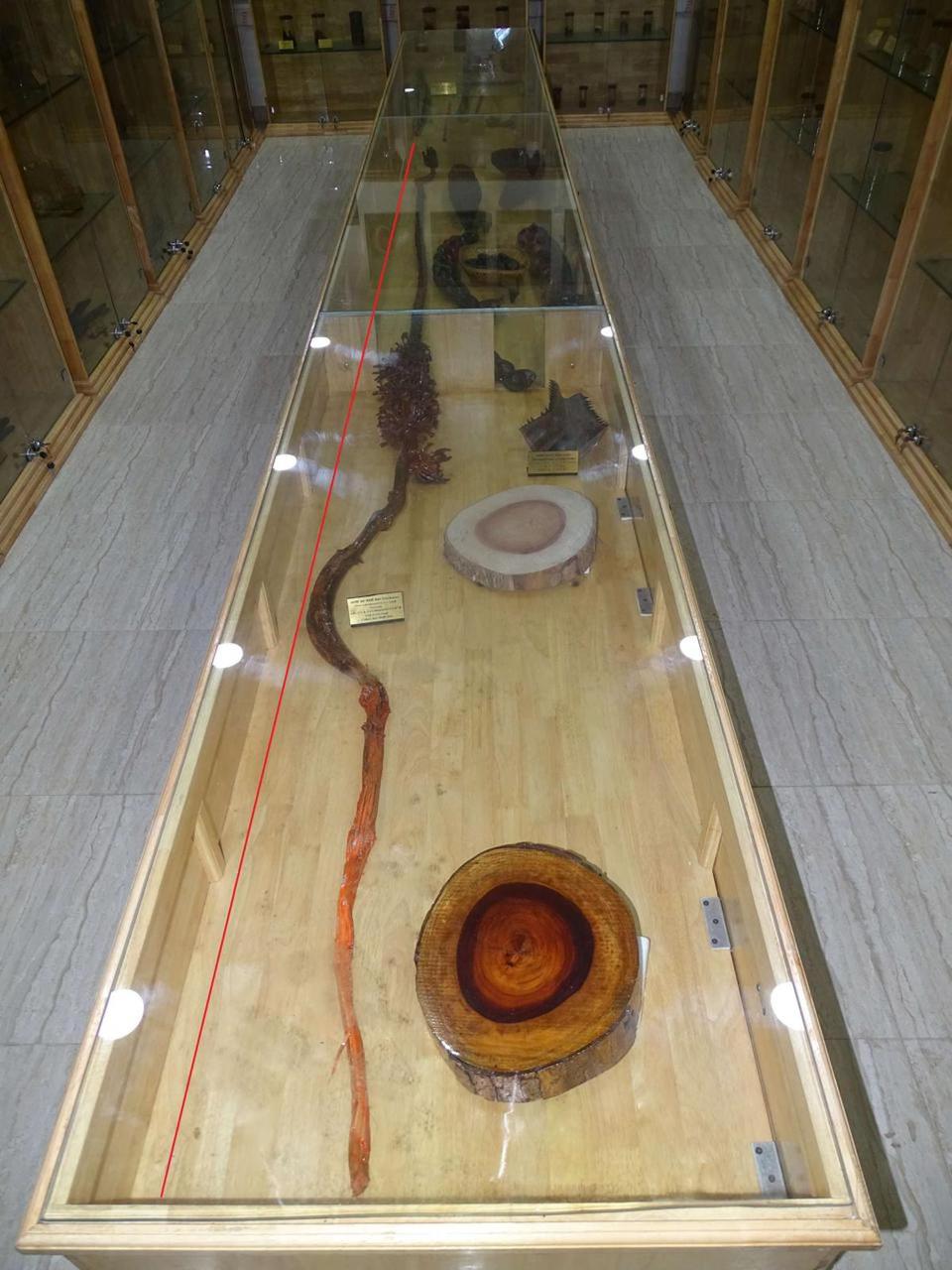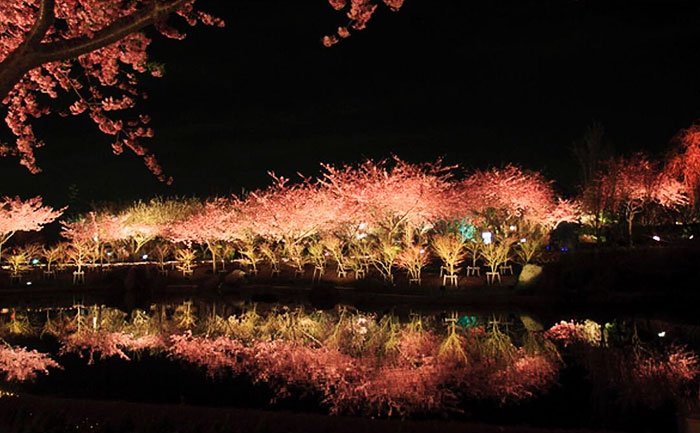World’s Longest Banana Infructescence Found in Andaman Forests

Port Blair, Andaman & Nicobar Islands — September 21, 2025 In a remarkable botanical discovery, scientists have recorded the world’s longest banana infructescence, measuring 4.2 meters, in the forests of the Andaman and Nicobar Islands. The infructescence belongs to the rare and endemic wild banana species Musa indandamanensis, first discovered in the Little Andaman region and rediscovered in the Campbell Bay area of the Nicobar Islands. The find was reported by researchers from the Botanical Survey of India (BSI), who were conducting a survey of native flora in remote forest patches. “This is a truly unique specimen. Its size is unparalleled in any known banana species globally,” said Dr. Lal Ji Singh, head of the Andaman and Nicobar Regional Centre of BSI. Musa indandamanensis is a tall, robust plant, growing up to 11 meters in height. The stem girth varies by location—approximately 100 cm in Little Andaman and around 110 cm in Campbell Bay. The species produces golden-yellow to orange fruits with many irregular-shaped seeds. These bananas ripen into sweet pulp, but are not cultivated for commercial consumption due to their seedy nature. The species is found in moist tropical forests, often near streams and waterfalls, reflecting its preference for humid and well-watered environments. Experts note that the plant’s natural habitat is highly restricted, which, coupled with human pressures, places it in the Critically Endangered category on the IUCN Red List. The discovery is significant not only for its size but also for its genetic value. Scientists believe that Musa indandamanensis could provide important traits for the development of drought-resistant, disease-tolerant, and high-yielding banana varieties, offering potential solutions to agricultural challenges in changing climates. To preserve this rare species, the BSI has undertaken ex-situ conservation measures, planting saplings in botanical gardens in Howrah, Prayagraj, and Port Blair. Specimens are also displayed in institutions such as the Indian Museum, Kolkata, and the BSI’s Andaman and Nicobar Regional Centre, raising public awareness about the archipelago’s unique biodiversity. Researchers emphasize that discoveries like this highlight the importance of conserving endemic species and protecting fragile ecosystems. “The Andaman and Nicobar Islands are a treasure trove of biodiversity. Every unique species we document reinforces the urgent need to preserve these habitats,” said Dr. Singh. Local environmentalists also stress that protecting forests is not just about conserving plants, but also the entire ecosystem, including wildlife that depends on native vegetation. The islands’ forests face threats from illegal logging, unregulated tourism, and climate change, making conservation efforts critical. The record-breaking infructescence is a reminder of nature’s extraordinary diversity and the value of scientific exploration. As researchers continue to study Musa indandamanensis, the species may not only inspire botanical curiosity but also contribute to sustainable agriculture and conservation strategies for future generations.




